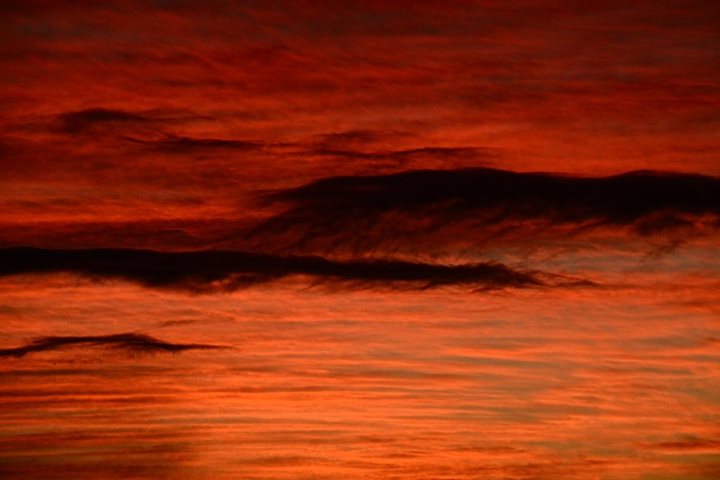The pale light of sunrise found the National Geographic Sea Bird in the protected bay of Ensenada Grande on this beautiful Monday morning. As guests woke up with an active stretch class, the daily activities began in full swing. Soon shuttles were quickly running people to and from the beautiful beach, where high tide was preciously greeting a healthy crop of mangrove trees. Mangroves are incredibly important for many types of life, from birds to terrestrial animals, and all the way down to fish. Juvenile fish of a wide variety of species live in these hidden oases of protection, enjoying the twisting roots and many caverns. Mangroves are so vital to juvenile fish because they are shallow water environments; large predators simply cannot gain access. These tree systems also offer habitat to many species of nesting birds, lizards, and even serve as feeding grounds for larger land animals. Guests enjoyed walking along the mangroves, spending some important relaxation time on the beach, or even taking the rewarding hike to the highest point of the island.
The afternoon was met with aquatic excitement. As people finished their lunches, snorkeling operations began. The beautiful curvy wall of Ensenada Grande held the wind at bay while explorers found new adventure in the shallow water. Ripe with coral and reef fish, the refreshing ocean allowed guests to swim up and down the wall’s bank, around rock outcroppings and into small crannies. Pufferfish of different species and sizes inhabited the shallow reef, taking up different niches which help build the community. Small worms lived among the live coral, popping their rakes out to filter feed only when they’re certain no one is around. Gorgonians and soft coral waved in the current, casually swinging where the water chooses to move them. Not to be outdone, fantastic Mobula rays jumped from the blue water in the background, making the experience more precious all the time.
As guests moseyed back to the vessel cocktail hour welcomed happy faces excited to swap stories from the day. With day two well accomplished, the National Geographic Sea Bird will lift her anchor and move on through the night only to welcome a brand new day.







